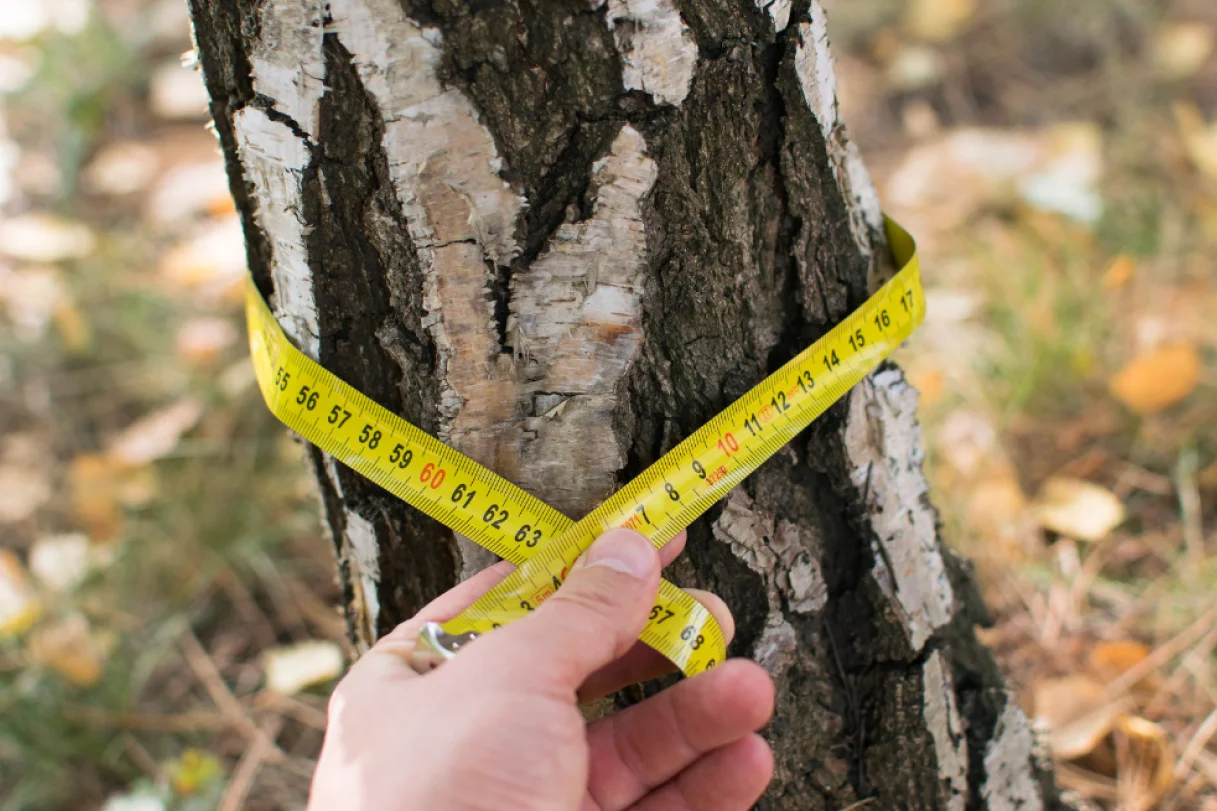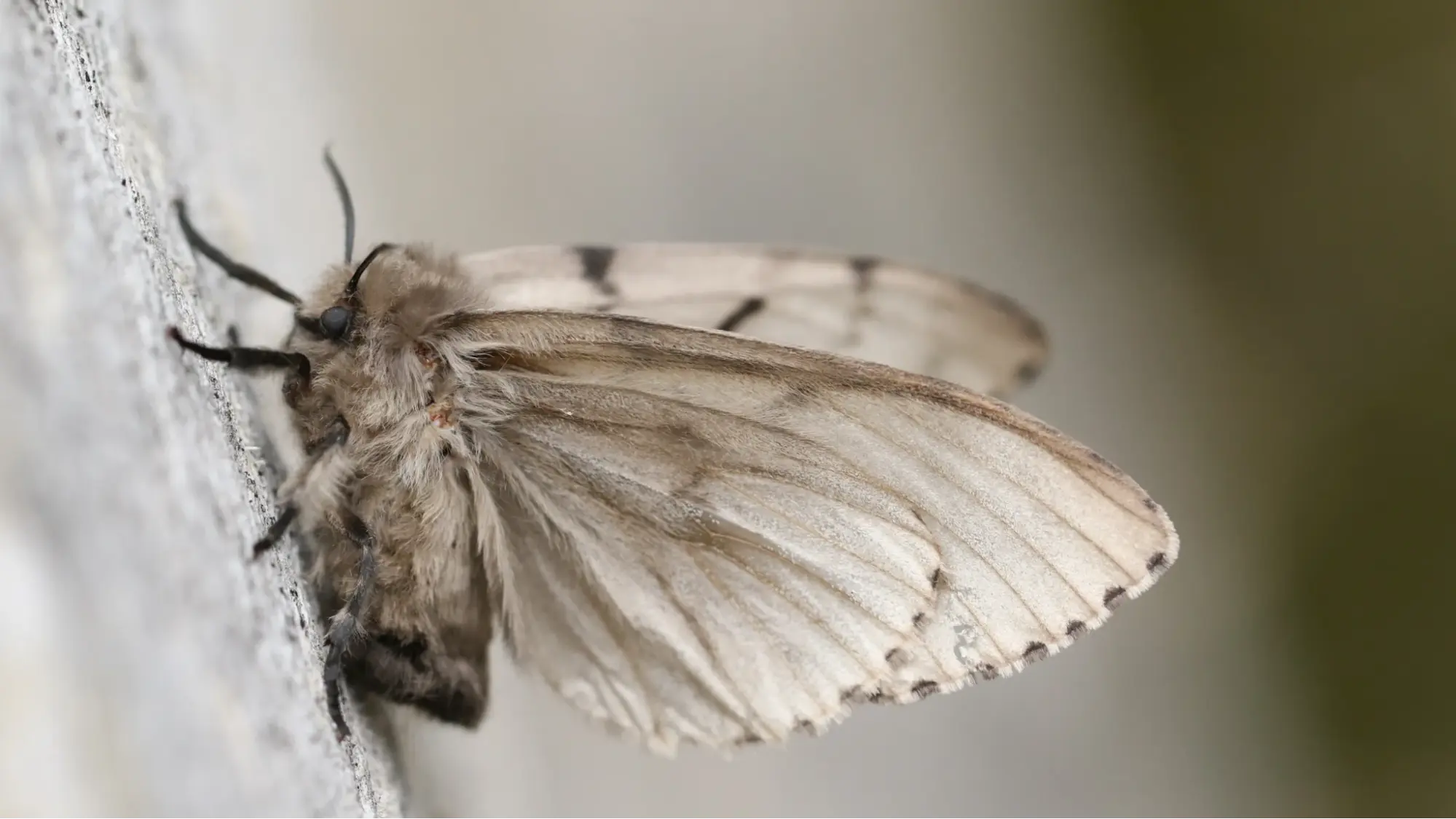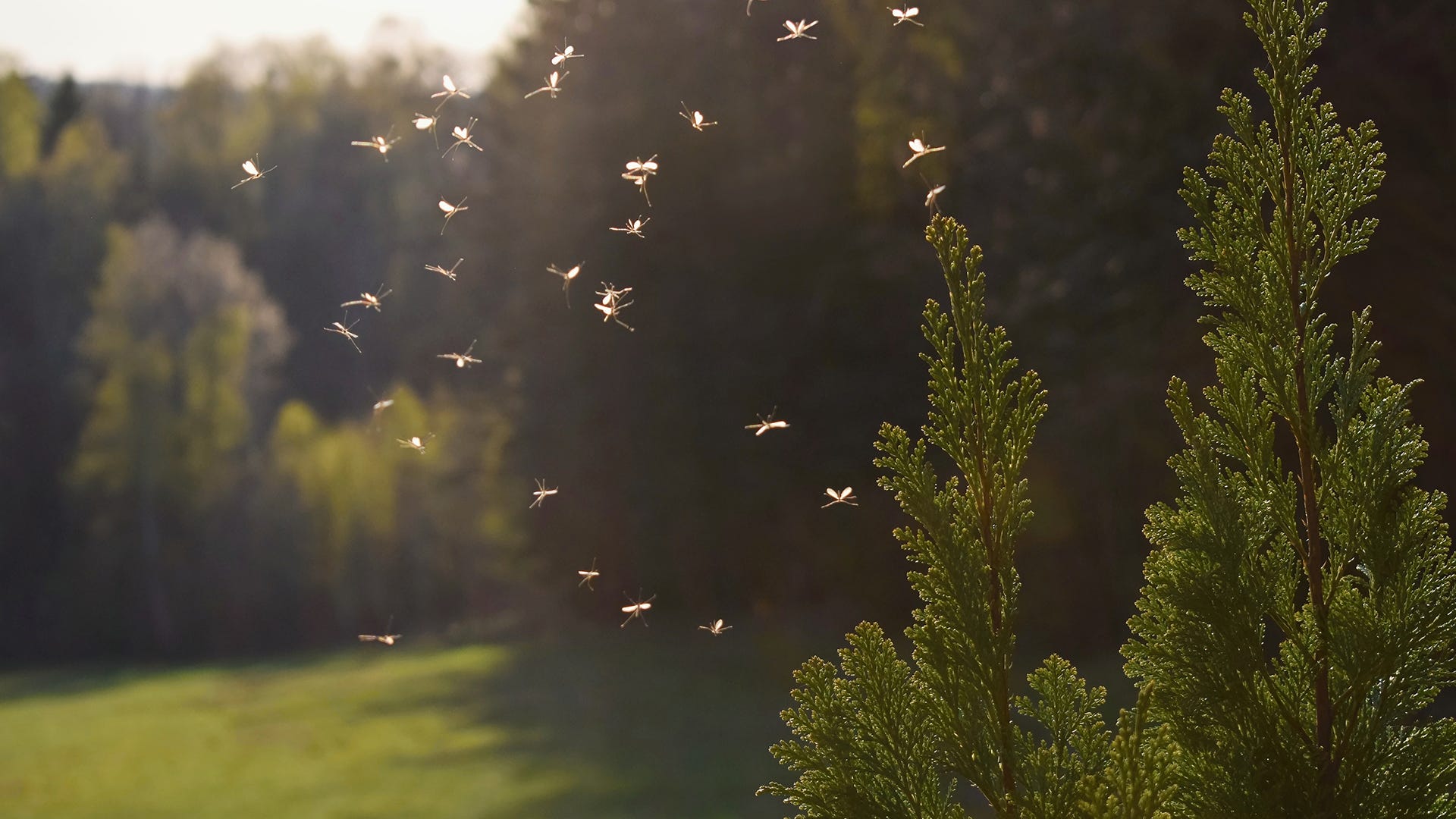Once a tree has been planted, it takes appropriate and consistent consideration, support and upkeep to protect it on an ongoing basis.
The most ideal approach to secure the survival of a tree is to prevent damage from occurring. Appropriate planting, upkeep and prevention are the keys to guarding the survival and prosperity of trees.
Prevention Methods
Good Selection and Planting
The first and most significant effort in tree injury prevention is the thoughtful selection, positioning, and planting of new trees. While this may not be an immediate concern for some, it’s a good practice to hold and keep in mind whenever such a situation maybe relevant. When planting new trees, be sure to take a look at the planting site cautiously and totally. It’s imperative to make sure that the area chosen has sufficient space for the development of the tree's crown and roots. Try to select trees with developed crowns and without trunk or branch injury.
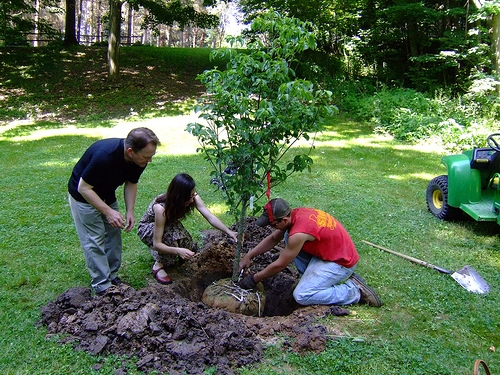
Mulching
Mulching is a significant practice in the upkeep of trees. Appropriately applied mulch can improve tree development rates, forestall harm, as well as preserve soil dampness. Natural mulch should be applied around the tree to a profundity of two to four inches. Mulch should be re applicated appropriately to sustain a decent profundity.
Use wood chips, bark or other common natural material as mulch. Abstain from utilizing rocks or plastic sheeting. This is important as rocks can cause soil compaction, and plastic sheeting has the ability to choke out root systems.
Watering
While watering is fundamental to trees, too much of it can cause genuine harm. Recently planted trees should be watered 1 inch, once a week every week without precipitation. More developed trees however, should get 1 inch of water each 10 to 14 days.
Frequent watering can cause an absence of soil oxygen, damage roots, and lessen the development of more profound roots.
Fertilizing
Trees should only be fertilized when necessary. If a tree's development is satisfactory and consistent, foliage seems sound, and there has been no significant aggravations in regard to the tree, no fertilizingis
required. When fertilization is essential, the moderate delivery of granular compost ought to be disseminated over the tree's entire root zone.
Pruning
When pruning trees, it is essential to take caution and planning. Cuts ought to be made outside of the branch bark edge, to eliminate branch tissue without cutting directly into trunk wood. Leaving stubs will prompt undesirable growths and rot of the excess stem tissue. Cuts made too close can also leave bigger injuries that can cause dieback of the encompassing region.
Risks to Control
Careless use of Mowers and Other Yard Equipment
Trees are frequently injured via the thoughtless use of yard hardware like cutters, weed whips, and other similar management gear. The wounds created by these tools slice through important vascular tissue inside the bark, which can prompt rot and the eventual demise of the tree.
An application of standard mulch around the base of the tree can reduce the need to manage or cut near the tree's base, and in turn, the probability of tree damage from such activities. It's essential to be as careful as possible when using tools near a tree's base.
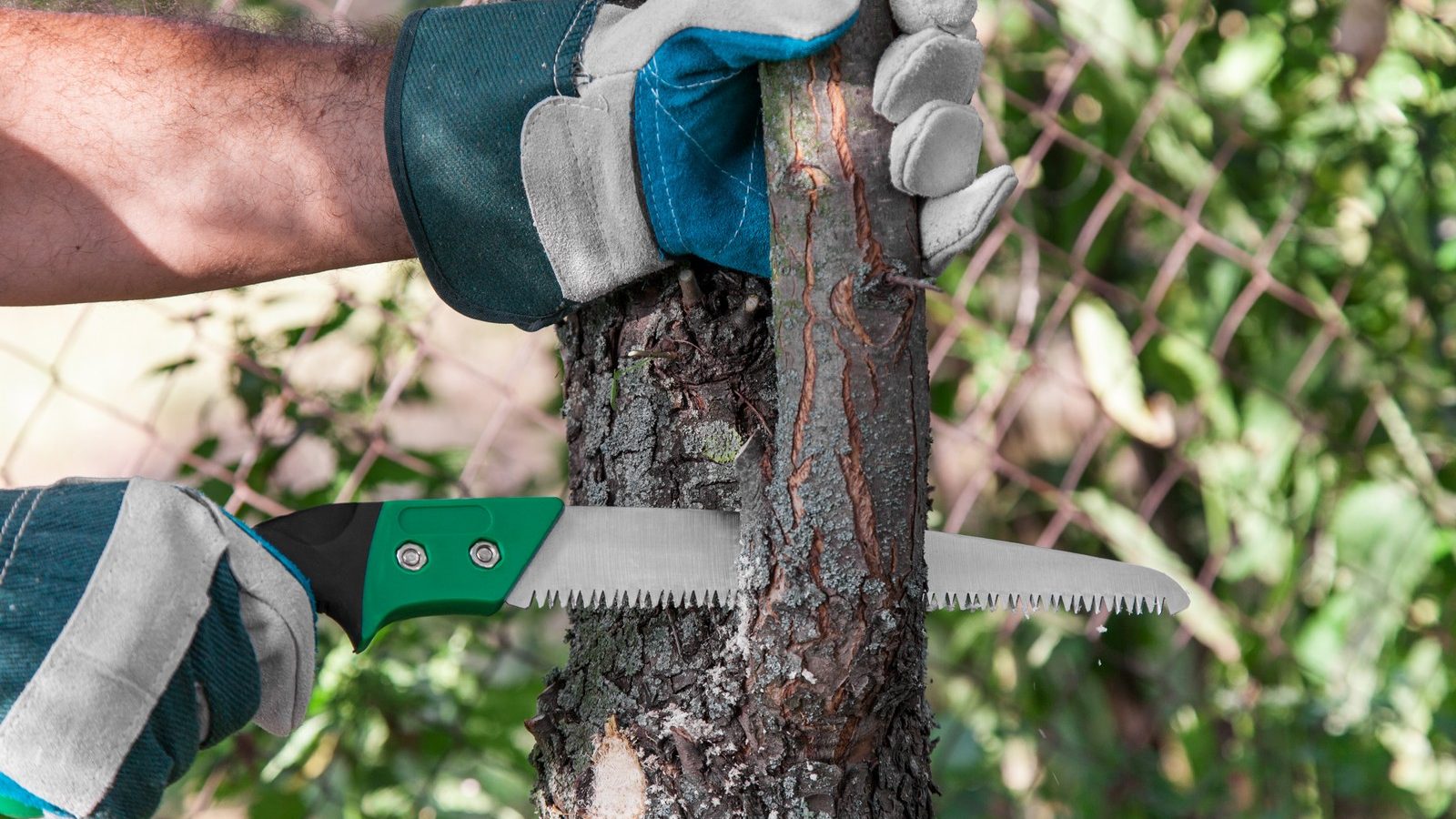
Digging and Excessive Changes in Soil Grade
Extensive digging close to trees can cut or damage roots that are important to their development. When possible, any trenching or digging near a tree should leave the upper 18 inches of soil undisturbed. When tree roots need to be cut, they should be cut neatly. Tearing or ripping tree roots can leave open injuries, or may break roots, forestalling the development of new ones.
Changes in soil quality and composition can truly cause harm to trees. About 90% of a tree's root system exists in the upper 18 inches of the dirt. Covering tree roots with just 3 inches of soil can cause harm by choking out roots. Prevent this by consistently monitoring and managing the accumulation of soil around your tree's base, making sure that there is no root choking or exposure.
As tree work can be a risky activity, the more complicated of these undertakings ought to be left to professional arborists. When damage becomes too extensive, a reliable tree cutting service Toronto can ensure your trees are safely managed, preventing further risks to your property."
